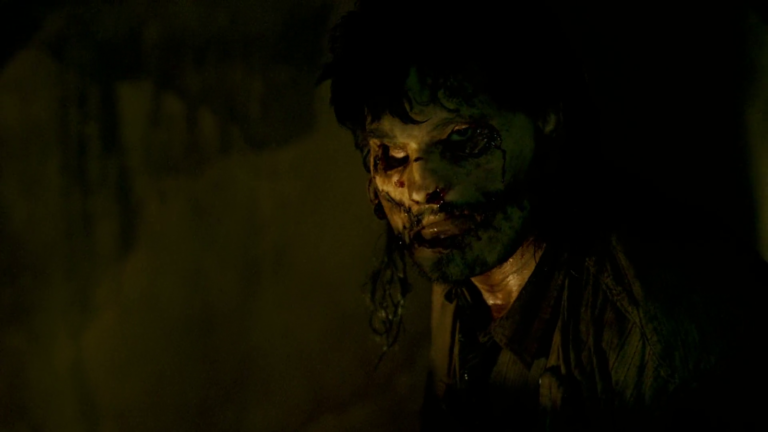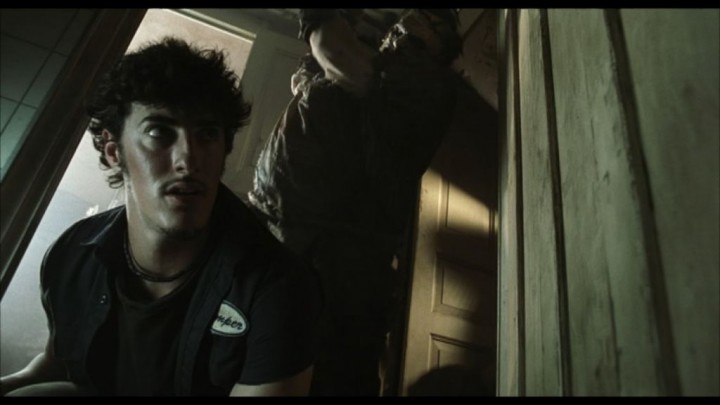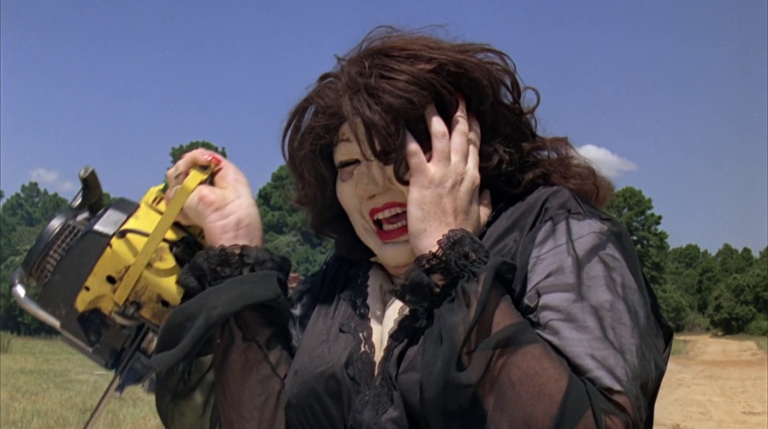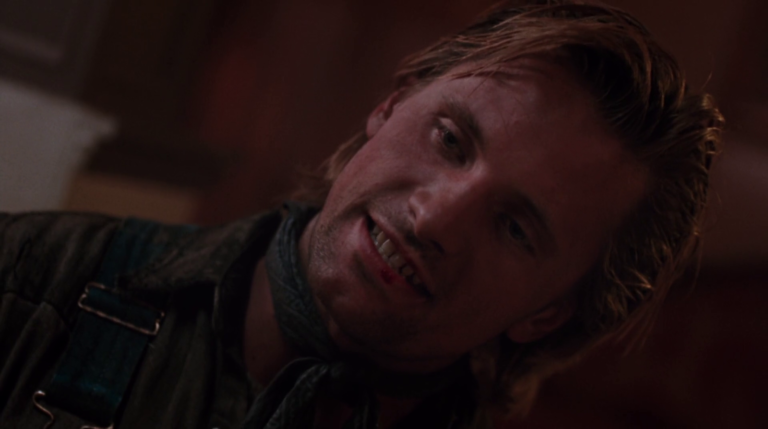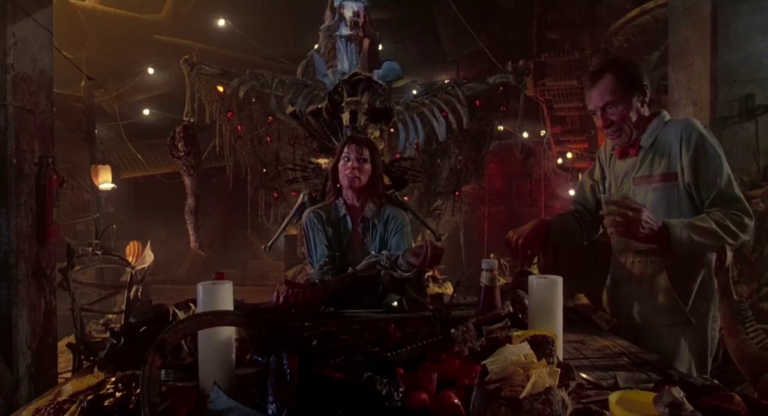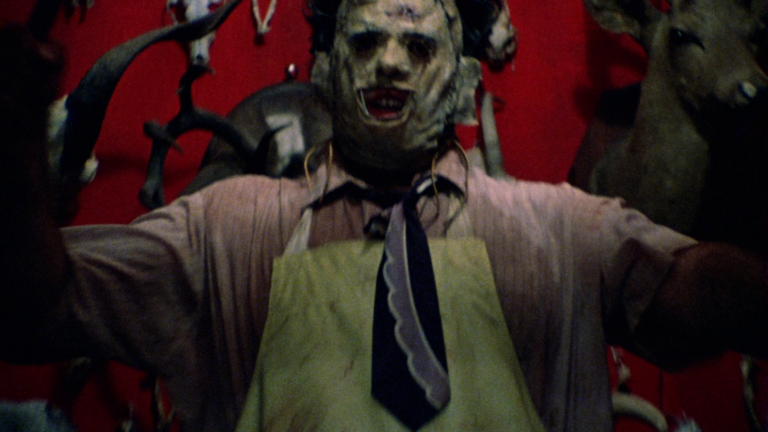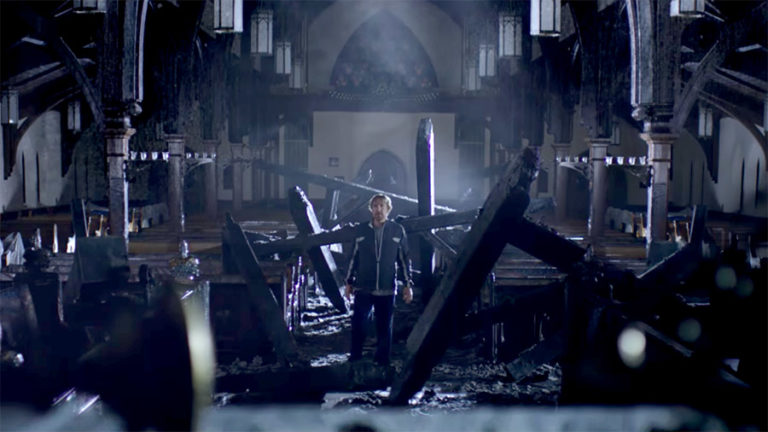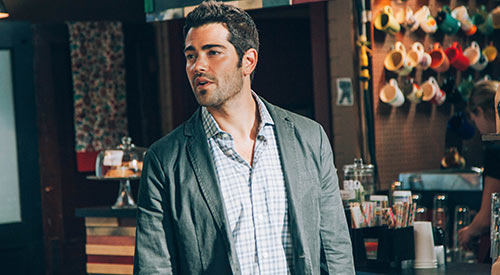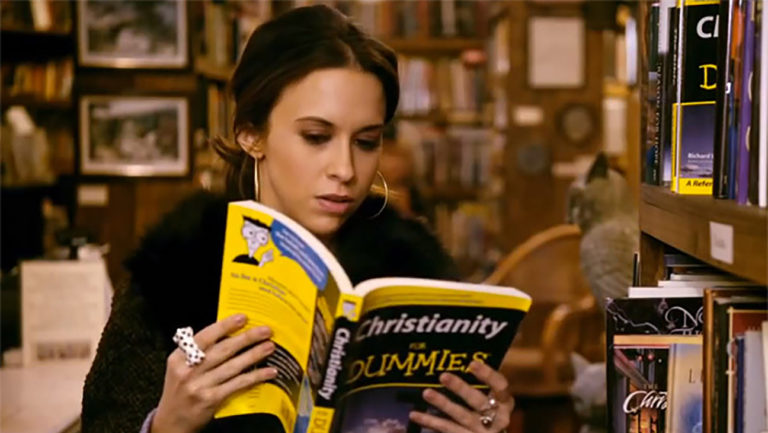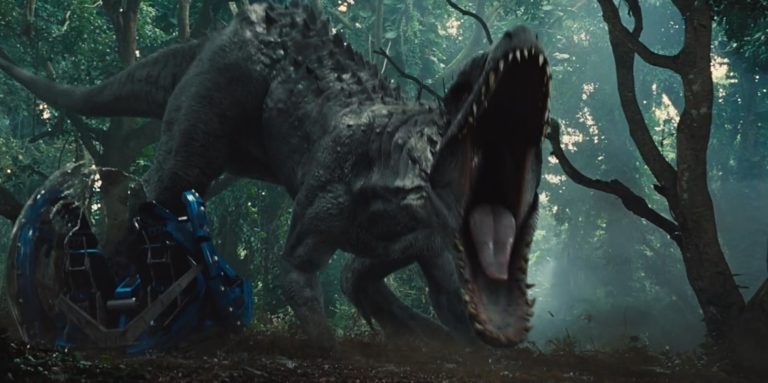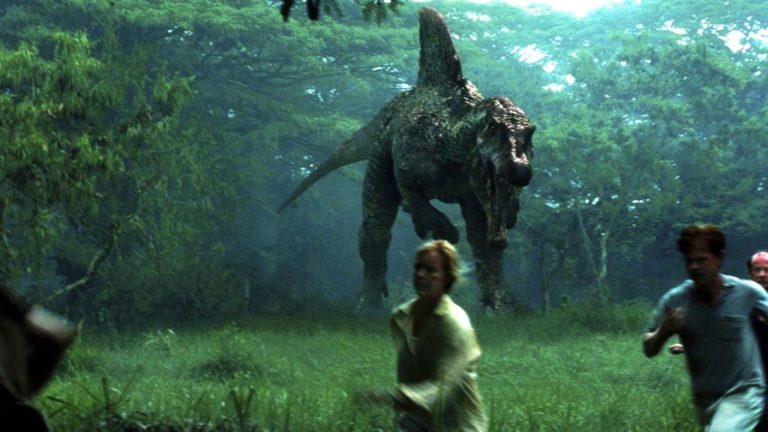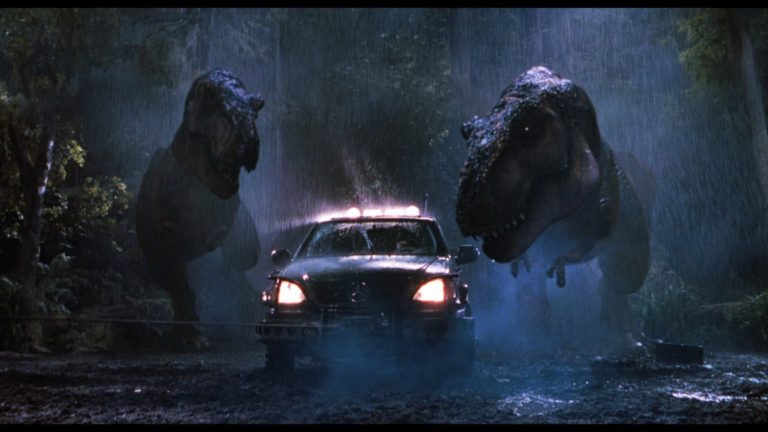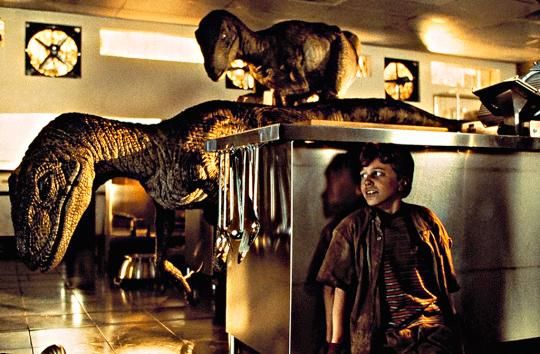Welcome back to The Texas Chainsaw Massacre retrospective! In today’s entry we’re going to be looking at...
reviews
Welcome back to The Texas Chainsaw Massacre retrospective! In today entry we’re going to be covering the Platinum...
Welcome back to The Texas Chainsaw Massacre retrospective! In today’s entry we’re going to be looking at the...
Welcome back to The Texas Chainsaw Massacre retrospective! In today’s entry we’re going to be covering the third...
Welcome back to The Texas Chainsaw Massacre retrospective! In this entry we’re going to be looking at the...
Happy 2019 and what better way to start a new year than with a new retrospectives series?...
Welcome back to the God’s Not Dead retrospective! In today’s entry we’re covering the latest, and possibly last,...
Welcome back to the God’s Not Dead retrospective! In today’s entry, we’re going to be looking at the...
It has been quite a while since my last Retrospectives series. Don’t get me wrong, I’ve had...
Recently my girlfriend was looking for a movie that we could watch on Netflix and, surprisingly, asked...
Welcome back to the final entry in the Jurassic Park retrospective! In this entry we we will be...
Welcome back to part three of the Jurassic Park retrospective! In this post, we’ll be diving into 2001’s...
Welcome back to the Jurassic Park retrospective! In this entry we’re going to be looking at the second...
Holy shit, surprise, it’s another Retrospective series! I honestly wasn’t expecting to do another one of these,...
